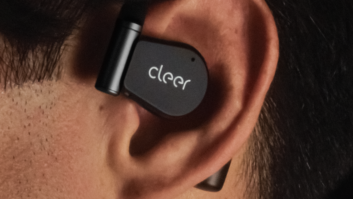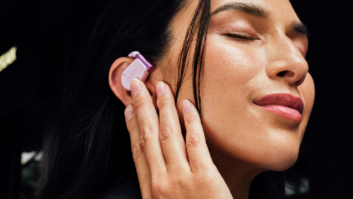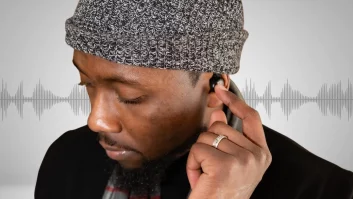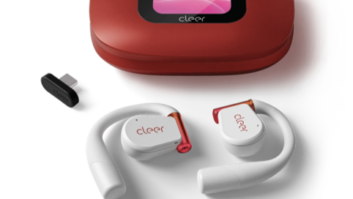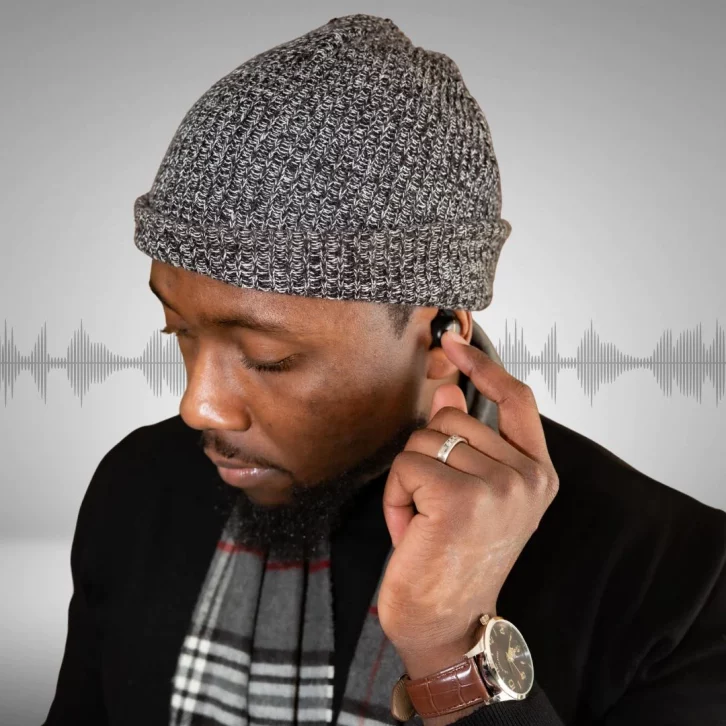
Here’s good news for consumer tech retailers: your customers actually want to spend more money on true wireless stereo (TWS) earbuds and headphones.
According to a survey conducted by Qualcomm of 7,000 consumers in the U.S., the U.K., Germany, China, India, Japan, and South Korea, this past summer, Price sank to the second highest purchase consideration for TWS gear. The survey found that consumers are more willing to pay more for “all-day” comfort, premium sound including spatial audio, and longer battery life than last year.
These survey results are mirrored in TWS actual sales this year. According to Tech Insights, TWS shipments in Q2 2023 rose 15% YoY, and revenue rose 5.1% YoY. TWS earphones accounted for 57% of total revenue, and sub-$30 models accounted for just 49% of sales. More optimistically, in the face of a collapsing smartphone market, IDC says that “earware” shipments will rise 4.5% this year and will grow another 3.1% through 2027.
“This year’s State of Sound responses showed that earbuds and headphones are now considered crucial for activities such as working, commuting, gaming, and exercising,” noted Dino Bekis, Qualcomm VP and GM, Wearables and Mixed Signals Solutions. “Globally, the demand for true wireless earbuds and headphones is growing, with listeners using their devices more often and for longer periods of time, on a daily basis.”
Desired TWS Features
So what TWS features and benefits are your consumers willing to spend more money on? According to the Qualcomm survey, 45% of respondents said that comfort was the most desirable TWS headphone/earbud feature. This makes sense since 58% of survey respondents say they don their buds daily, compared to just 22% last year.
While Price dropped to the second most important TWS purchase driver, battery life is third. 40% of survey takers said they were willing to pay extra for a TWS device offering “all-day wear,” a pay-extra willingness percentage that rises to a whopping 59% for TWS devices costing more than $100.
Not surprisingly, consumers also are more willing to pay for better sound than last year, with 73% stating “I make sure that sound quality on my devices gets better and better with every purchase,” up from 67%. Demand for higher music quality also is at an all-time high; 69% of consumers listed lossless audio quality as a likely purchase driver, and 81% of respondents responded that they’d heard of spatial audio while 43% said they were familiar with it.
“Clearly, premium audio experiences are continuing to grow in importance for listeners around the world,” the report concluded. “With the increased support for premium audio from streaming services and other types of media, paired with technological advancements across price points, this is likely to be influencing consumer awareness.”
Oh, and a third of respondents want to test the audio quality in the store, so retailers may want to acquire more test samples from TWS earbuds and headphone suppliers.
Good News for OTC Hearing Aids
Not only do consumers want better-sounding wireless buds and headphones, but they also want a better-sounding ambient world. A total of 60% of global respondents – 66% in the U.S. – listed hearing personalization, i.e. a one-time hearing test for personalized audio found in an increasing number of earbuds and especially self-fitting Bluetooth bud-styled OTC hearing aids such as the Sony CRE-E10 and the HP Hearing Pro, as a likely purchase driver for their next earbuds/headphones.
The report also noted that more than two-thirds of respondents work in a public space such as a coffee shop, a common area in the home, or a shared workspace, and so desire audio devices to help them ‘hear and be heard’ both in the office and in other work environments. This translates into consumers wanting higher-quality ambient hearing modes on their phones.
To aid improved ambient situations, 73% of respondents will look for noise canceling in their next TWS buds or phones compared to 68% last year, and the importance of “crystal clear” voice calls increased to 73% from 67%.
Consumers also don’t want to swap out buds or headphones for different activities. A total of 68% of survey respondents seek audio devices optimized for multiple use cases such as working, commuting, gaming, and exercising.
In addition, a surprising 75% of consumers cited a desire for Auracast, the broadcast Bluetooth standard, in their next TWS device.
“This year’s responses suggest that hearing enhancement could become more mainstream in the personal audio market in the future,” the report noted.
See also: 1MORE Introduces S50 And S30 Sports Headphones With Open Ear Design




